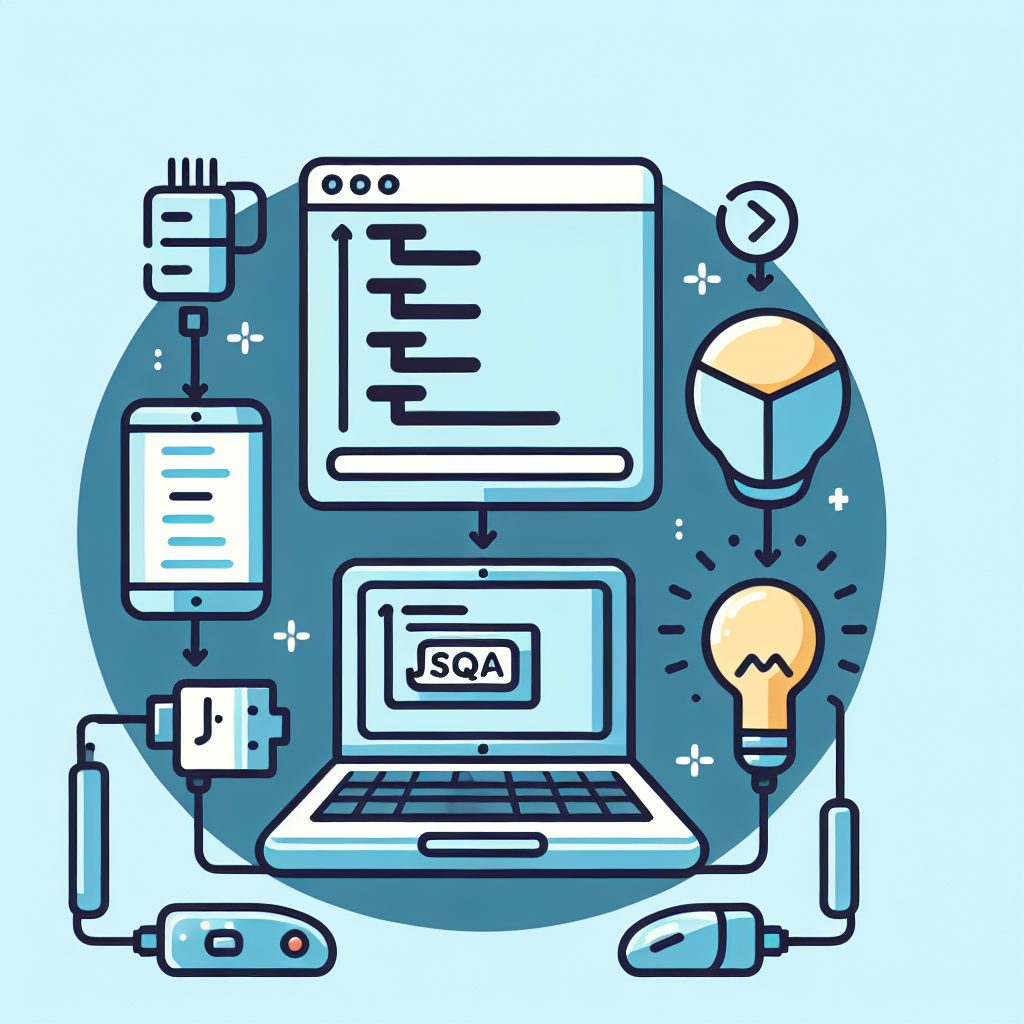Convert SQL to Java Code Instantly | Free Online Tool
Effortlessly convert SQL queries to Java code with our intuitive tool. Boost efficiency and streamline development. Try our SQL to Java converter now!
Source Code
Converted Code
Output will appear here...
SQL to Java Converter is a powerful tool that seamlessly transforms SQL queries into Java code, enhancing developer productivity and bridging database management with application development. Ideal for software engineers and data analysts, this tool simplifies complex query integration, ensuring efficient code execution and streamlined workflows. Boost your coding efficiency with this essential SQL-to-Java transformation utility.

SQL to Java Tool: Seamlessly Convert Your Queries Link to this section #
Transforming SQL queries into Java code is essential for developers looking to integrate database operations directly within their applications. The 'SQL to Java' tool simplifies this process, making it efficient and error-free.
Key Features Link to this section #
- Automatic Conversion: Instantly convert SQL queries into Java code, allowing for seamless integration with JDBC.
- Customizable Output: Tailor the generated Java code by selecting specific libraries or frameworks.
- Error Handling: Built-in checks ensure accurate conversion and highlight potential issues.
Benefits Link to this section #
- Time-Saving: Eliminate manual coding and reduce development time.
- Consistency: Ensure uniformity in code structure across different projects.
- Enhanced Productivity: Focus on optimizing your SQL queries without worrying about Java syntax.
Sample Conversion Link to this section #
Here's a quick example to illustrate how the tool works:
SQL Query:
SELECT id, name FROM users WHERE age > 18;
Converted Java Code:
String query = "SELECT id, name FROM users WHERE age > 18";
try (Connection conn = DriverManager.getConnection(dbURL, user, password);
Statement stmt = conn.createStatement();
ResultSet rs = stmt.executeQuery(query)) {
while (rs.next()) {
int id = rs.getInt("id");
String name = rs.getString("name");
// Process the results
}
} catch (SQLException e) {
e.printStackTrace();
}
Use Cases Link to this section #
- Database Integration: Ideal for applications that require frequent database interactions.
- Data Analysis: Streamline complex data queries by embedding them directly in your Java projects.
- Reporting Tools: Convert analytical queries for robust reporting functionalities.
Additional Resources Link to this section #
With 'SQL to Java', developers can ensure their applications are consistent, scalable, and efficient. Whether you're extracting data from databases or embedding analytics, this tool is indispensable for modern Java development.
Frequently Asked Questions
How can I connect a Java application to an SQL database?
To connect a Java application to an SQL database, you can use JDBC (Java Database Connectivity). First, ensure you have the appropriate JDBC driver for your database. Then, use the DriverManager class to establish a connection by passing the database URL, username, and password. Finally, create a Statement or PreparedStatement object to execute queries.
What is the best way to retrieve data from an SQL database using Java?
The best way to retrieve data from an SQL database using Java is by using the JDBC API. First, establish a connection to the database. Then, create a Statement or PreparedStatement to execute a SELECT query. Use the ResultSet object to iterate through the results. It's also recommended to handle exceptions and close the connections and statements in a finally block or use try-with-resources for automatic resource management.
How do I handle SQL exceptions in Java?
In Java, SQL exceptions are handled using the try-catch block. SQLException is the class used to handle database access errors. It's important to catch SQLExceptions to understand what went wrong and to perform appropriate error handling, such as logging the error, retrying the operation, or displaying an error message to the user. You can also use the getErrorCode() and getSQLState() methods of SQLException to get more detailed information about the error.